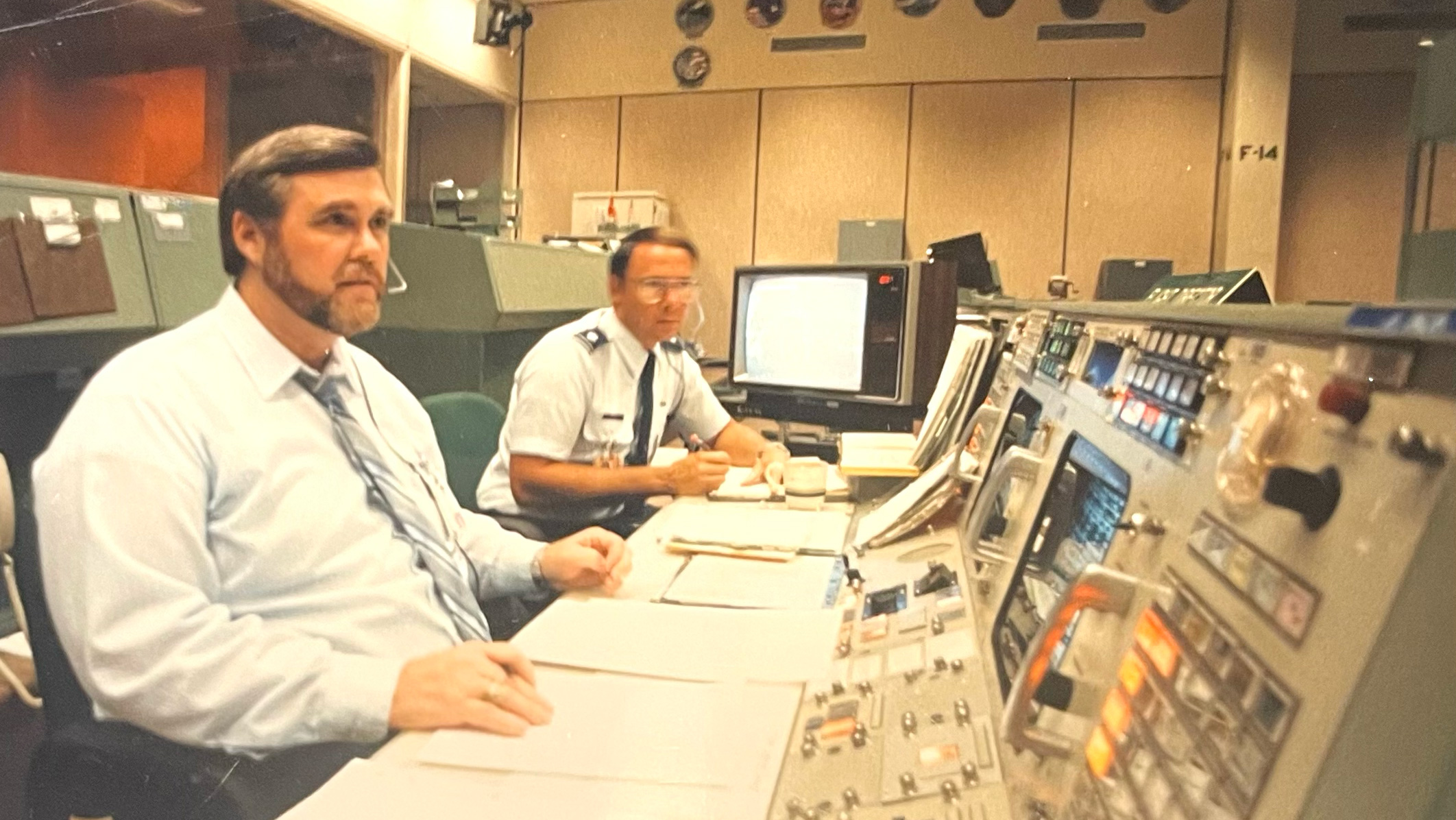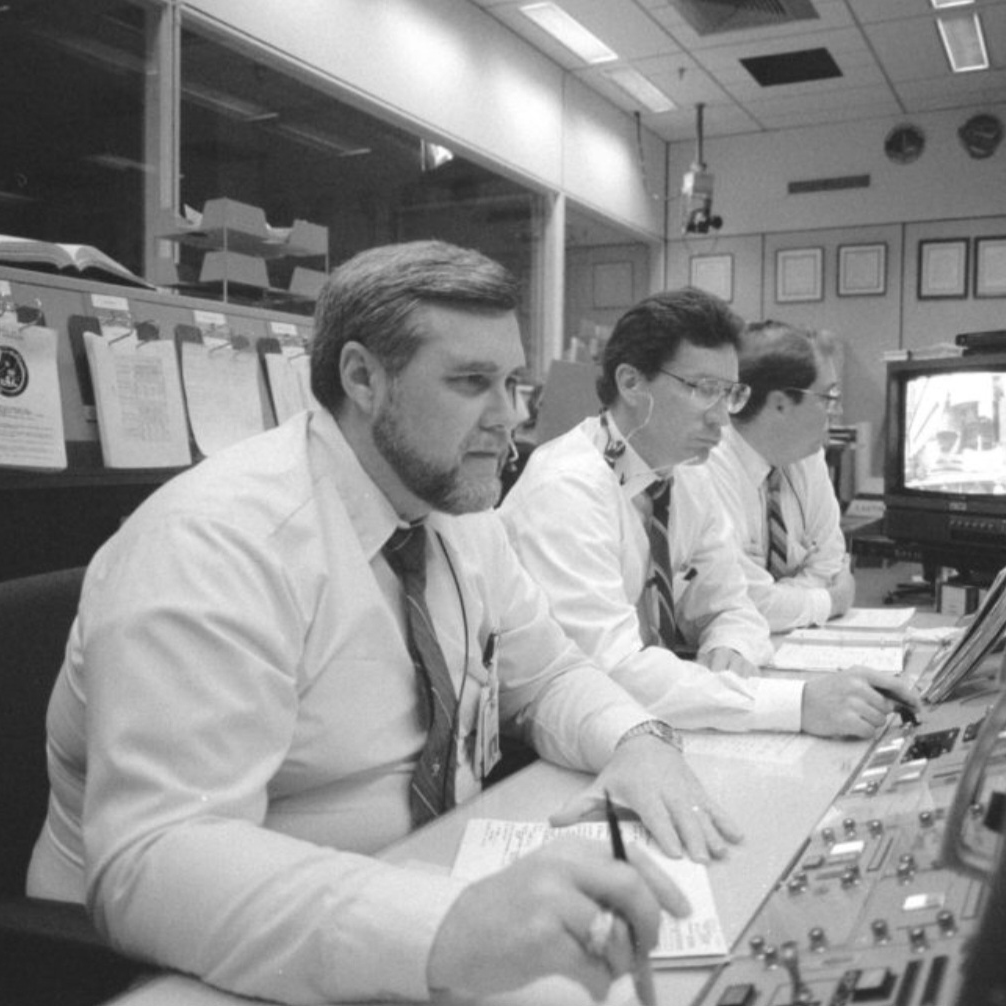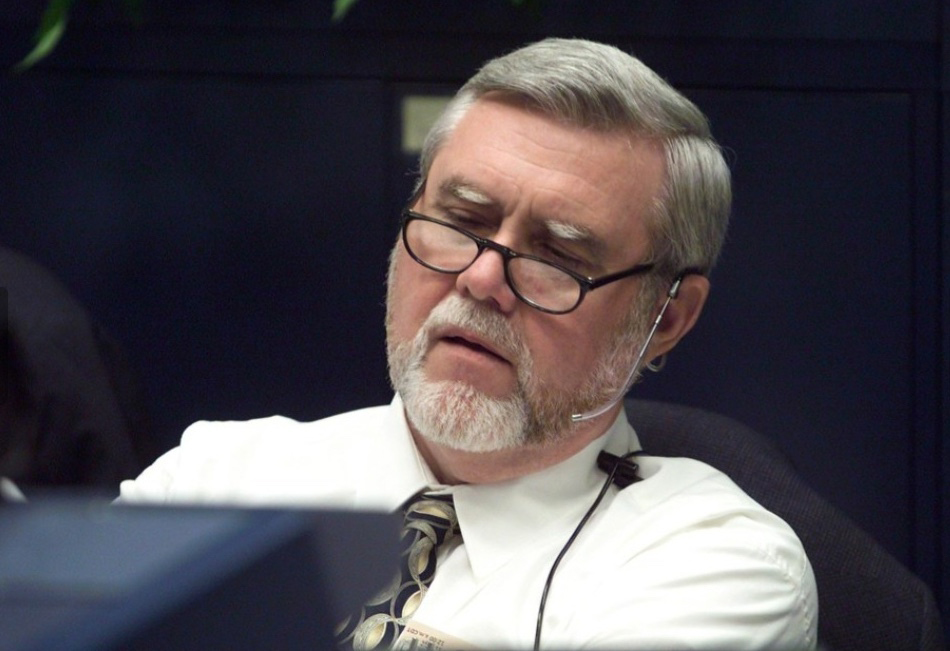
For nearly 150 years, Aggies have stepped forward to take on the world’s greatest challenges. Among them was Alan Lee Briscoe ’68, whose career at NASA placed him at the heart of an era defined by unprecedented space exploration.
To honor Briscoe’s life and love for education, his family — Dr. Amy Briscoe-Eagle, Lori Briscoe-Trinta, Dr. Lisa Schlitzkus ’02, (Betty) Lynn Briscoe ’71, ’76, and Andrew C. Briscoe III ’74 — established the (Alan) Lee Briscoe ’68 Endowed Memorial Scholarship in the Department of Aerospace Engineering at Texas A&M University. With a staunch belief in the power of education, Briscoe’s family wants to provide another Aggie with the opportunities that propelled him into a career of remarkable contribution.
Launch towards a legacy
After graduating from high school in Rosenberg, Texas, Briscoe headed to Texas A&M to study industrial engineering. He joined the Corps of Cadets, involved himself in multiple honor societies and participated in a cooperative education program that alternated semesters between classes and hands-on work at NASA. The program became his launchpad into a four-decade career with the agency.

Briscoe contributed to the Gemini, Apollo, Skylab, Space Shuttle and International Space Station programs. Starting in mission operations, he trained under the legendary flight director Gene Kranz and earned his flight director status in 1983.
One of the most difficult moments of his life came on January 28, 1986. Sitting at the console alongside lead flight director Jay Greene, Briscoe watched as the space shuttle Challenger exploded. Following this tragedy, Briscoe was awarded the NASA Exceptional Service Medal for helping lead the effort to return the shuttle to flight status.
By 2002, Briscoe had been named deputy director of Johnson Space Center (JSC) mission operations. He oversaw all shuttle and International Space Station operations while also serving as the acting director of safety activities at JSC. He ended his career as acting director for JSC mission operations before retiring in 2005. His 40-year career was honored with the NASA Distinguished Service Medal.
“Uncle Lee became known within NASA for system improvement and was called in when Columbia exploded,” said Schlitzkus, his niece. “When he retired, he was second in charge at the Johnson Space Center.”
A family tradition
Schlitzkus remembers her uncle as a lifelong advocate for education.
“I grew up admiring my Uncle Lee,” she said. “He represented to me: if you put your mind to something, you can do anything.”
Later in life, Briscoe earned a law degree — not to begin a new career, but to broaden his knowledge and continue learning.

Briscoe’s lifelong pursuit of education reflected a family tradition of high achievement. Schlitzkus, now a trauma surgeon, often spoke with her uncle regarding the wonder of their diverse professions.
“He would say, ‘I just don't understand how you can do what you do with the human body,’” Schlitzkus said. “And I would say, ‘Well, I don't understand how you could put a man on the moon.’ He always responded, ‘It’s just math!’”
For the Briscoe family, there is no greater way to honor Briscoe’s legacy than sharing his story. Much of his NASA memorabilia has been donated to Cushing Memorial Library, where Aggies can learn more about his life and career.
Briscoe’s life demonstrates that stepping up to great challenges can influence the trajectory of the world. His story stands as an example of how Aggie engineers not only lead in significant and purposeful capacities but also give hope to those who follow in their footsteps. Through his family’s gift, his legacy will continue to inspire future Aggies, shaping a brighter, safer future for all.